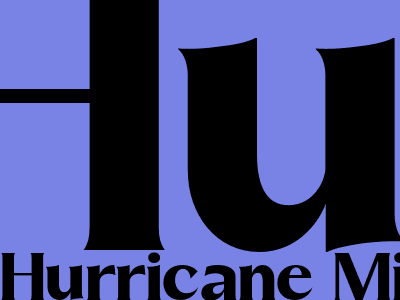
Hurricane Milton's Latest
Dangerous Hurricane Milton Lashes the Gulf Coast
Hurricane Milton, a Category 4 storm, has battered the Gulf Coast, bringing destructive winds, heavy rainfall, and dangerous storm surges. The storm has left a trail of devastation in its wake, with at least 10 people confirmed dead and dozens more injured.
Milton made landfall near Gulfport, Mississippi, early this morning, with winds gusting up to 150 mph. The storm quickly pushed inland, dumping torrential rains that caused widespread flooding. Rivers and streams have overflowed their banks, inundating communities and washing away roads and bridges.
Life-Threatening Storm Surge Causes Extensive Damage
One of the most devastating aspects of Hurricane Milton has been its storm surge. The surge, a wall of water pushed ashore by the storm's powerful winds, has caused extensive damage along the coast. In some areas, the surge reached heights of up to 15 feet, destroying homes and businesses and leaving streets impassable.
The storm surge has also caused significant erosion of beaches and dunes, leaving coastal communities vulnerable to future storms. In some areas, the surge has washed away entire sections of coastline, creating new inlets and islands.
Widespread Power Outages and Infrastructure Damage
Hurricane Milton has also caused widespread power outages and infrastructure damage. Millions of people are without electricity, as high winds have downed power lines and transformers. The storm has also damaged roads, bridges, and other critical infrastructure, making it difficult for emergency responders to reach affected areas.
Water and sewer systems have also been damaged, leaving many people without access to clean water or sanitation. This poses a serious health risk, as contaminated water can spread diseases such as cholera and typhoid.
Government and Aid Organizations Respond to Disaster
Government and aid organizations are responding to the disaster, providing food, water, shelter, and medical assistance to those affected. The Federal Emergency Management Agency (FEMA) has deployed teams to the affected areas to coordinate relief efforts.
The Red Cross and other non-profit organizations are also providing assistance, setting up shelters and distributing supplies to those in need.
Hurricane Expected to Weaken as It Moves Inland
Hurricane Milton is expected to weaken as it moves inland, but it will still bring heavy rainfall and flooding to the Tennessee Valley and Ohio Valley regions. The storm is expected to exit the United States by the end of the week.
Residents in affected areas are urged to remain vigilant and follow the instructions of local officials. Those who have been evacuated should not return home until it is safe to do so.